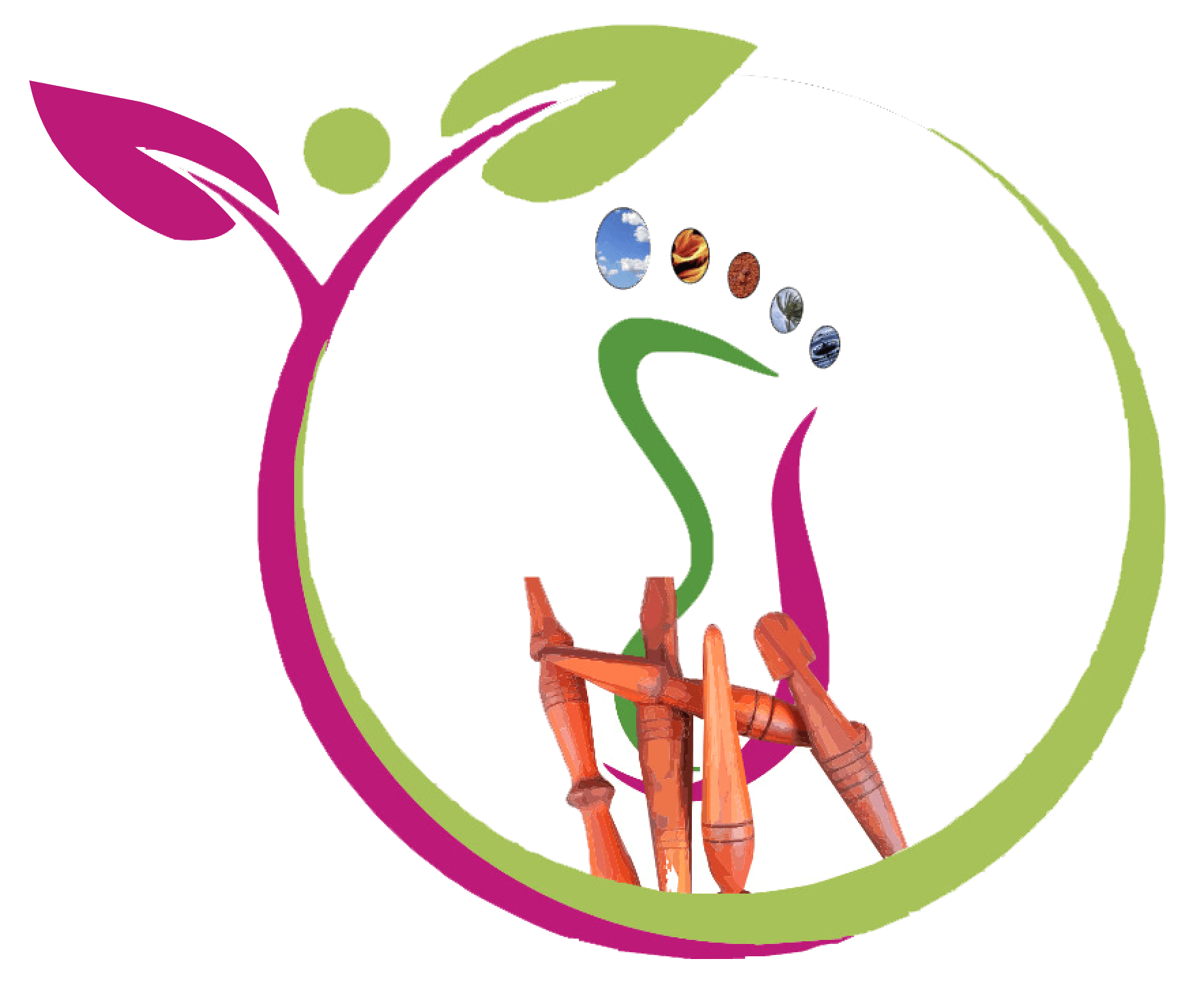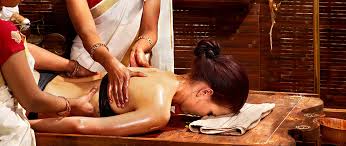In the world of Ayurveda, the ancient Indian system of healing, one therapy stands out for its profound ability to rejuvenate both body and mind—Abhyanga. This luxurious, full-body oil massage is not just a simple relaxation technique; it is a time-honored ritual designed to balance the body’s doshas (energetic forces), nourish the skin, detoxify the body, and promote overall well-being. Whether you’re new to Ayurveda or looking to deepen your self-care routine, Abhyanga offers an experience of holistic healing like no other.
What is Abhyanga?
Abhyanga is an Ayurvedic oil massage that involves applying warm, herb-infused oils to the entire body. The massage is typically performed in a rhythmic, gentle manner, with movements synchronized with the body’s energy channels. The type of oil used is usually tailored to the individual’s dosha (Vata, Pitta, or Kapha), ensuring that the therapy is customized to your unique constitution.
In Ayurveda, Abhyanga is considered a key component of dinacharya—the daily routine to maintain health and prevent disease. When performed regularly, it is said to slow the aging process, enhance energy, improve skin texture, and calm the nervous system.
Benefits of Ayurvedic Abhyanga Therapy
The benefits of Abhyanga are vast, and its impact goes far beyond just relaxation. They are:
- Balances the Doshas
One of the main goals of Abhyanga is to balance the three doshas: Vata, Pitta, and Kapha. The doshas represent different energies in the body, and imbalance can lead to stress, illness, and discomfort. Abhyanga helps restore this balance, creating harmony in the body and mind. - Nourishes the Skin
Ayurvedic oils, often infused with medicinal herbs, deeply nourish and hydrate the skin. Regular Abhyanga improves skin texture, elasticity, and tone, leaving your skin soft, radiant, and free from dryness. - Detoxifies the Body
Abhyanga stimulates the lymphatic system, promoting the elimination of toxins from the body. By enhancing circulation and aiding in detoxification, the massage helps cleanse the body from within, improving overall vitality and energy. - Promotes Deep Relaxation and Stress Relief
The rhythmic motions of Abhyanga combined with warm oils provide a deeply relaxing experience. It calms the nervous system, reduces anxiety, and promotes better sleep. For those living in stressful environments, this practice is a powerful way to unwind and reset. - Improves Circulation and Joint Health
The massage movements in Abhyanga help improve blood circulation, delivering oxygen and nutrients to the cells. This enhances tissue regeneration and supports joint flexibility and mobility, making it particularly beneficial for those with stiffness or joint discomfort. - Boosts Immunity
Regular Abhyanga strengthens the body’s immunity by nourishing the tissues and promoting the flow of energy. The detoxification process, combined with the calming of the nervous system, helps the body resist illness and maintain optimal health. - Supports Mental Clarity
Abhyanga not only relaxes the body but also helps clear the mind. Many people report feeling more focused, grounded, and emotionally balanced after an Abhyanga session. It’s a great way to relieve mental fatigue and enhance overall cognitive function.
How to Perform Abhyanga at Home
Although Abhyanga can be done by a professional Ayurvedic therapist, it’s also a ritual you can easily perform at home. Here’s a simple guide to get you started:
- Choose the Right Oil
The type of oil you use is key in Abhyanga. Choose an oil based on your dosha or current condition:
- Vata (Dry, Cold, Light): Use warm, heavy oils like sesame, almond, or avocado oil.
- Pitta (Hot, Oily, Intense): Use cooling oils like coconut or sunflower oil.
- Kapha (Heavy, Slow, Oily): Use lighter oils like safflower or mustard oil.
You can also use medicated oils infused with herbs, which enhance the therapeutic effects.
- Warm the Oil
Heat the oil slightly so that it’s warm but not hot. This helps open the pores and allows the oil to penetrate deeply into the skin, nourishing and detoxifying it.
- Set a Relaxing Environment
To keep calm and relaxing environment and put some soft music to the environment.
- Apply the Oil
Starting from your scalp, gently massage the oil into your skin using long strokes on the limbs and circular motions on the joints. Spend extra time on areas that feel tense or stiff. The goal is to cover the entire body with oil.
- Massage for 15–20 Minutes
Continue massaging for at least 15 to 20 minutes, allowing the oil to absorb into the skin and penetrate the tissues. Pay attention to areas like the scalp, hands, feet, and back.
- Let the Oil Sit
After massaging, let the oil sit on your skin for about 10 to 15 minutes to allow the full absorption of the herbs and oils.
- Rinse Off
Take a warm bath or shower to wash off the excess oil. You can use a gentle soap, though it’s recommended to leave a slight layer of oil on the skin for ongoing nourishment.
When to Perform Abhyanga
For best results, practice Abhyanga early in the morning before bathing. It’s also ideal to do this massage in the evening to unwind and promote better sleep. Regular practice, even if it’s just once or twice a week, can have a significant impact on your health and well-being.
Professional Abhyanga Therapy
If you prefer a more therapeutic experience, you can visit a certified Ayurvedic practitioner or spa that offers Abhyanga therapy. Professionals often use specialized herbal oils, and their knowledge of pressure points can provide a deeper level of healing. A professional session typically lasts around 60 to 90 minutes, and the effects can be even more profound than a home session.
Conclusion
Ayurvedic Abhyanga is more than just an indulgent self-care ritual—it’s a powerful therapeutic practice that harmonizes the mind, body, and spirit. From balancing your doshas to enhancing skin health, detoxifying your body, and relieving stress, this ancient technique offers numerous benefits that can greatly improve your quality of life.



